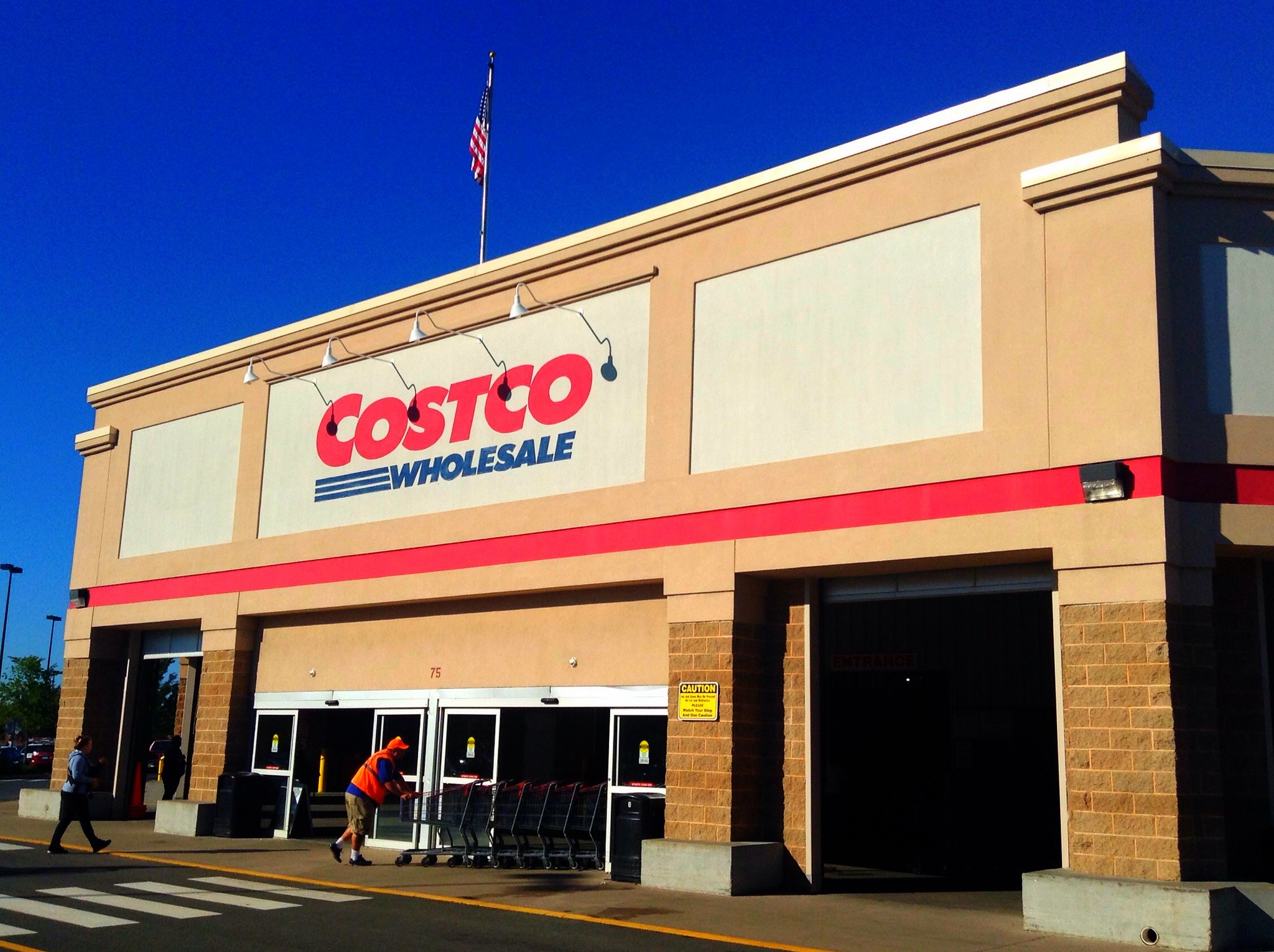Returns will rise 80% today (2 January) compared to a standard day in December as consumers send back unwanted Christmas gifts, according to Royal Mail.
The survey of 1503 consumers that make returns found that clothing was the most commonly returned item, with 75% of respondents who had bought clothing saying they had returned products.
The figures were 42% for electrical goods and 33% for computer software and hardware.
Thirty-four percent of respondents had used try before you buy services while 40% said they would purchase more items if a retailer offered this option.
The survey also sounded a note of caution for retailers, claiming that 60% of online shoppers would not use a retailer again if they had a difficult returns experience.
A spokesperson from Royal Mail said: “January is the busiest time of year for returns. Having an easy way to return online purchases is a crucial part of the online shopping experience. For retailers, ensuring their returns experience is in line with consumers’ expectations is incredibly important.
“With 17% of global retailers already adopting a ‘try before you buy’ model, it’s important to consider putting try before you buy at the heart of your returns offering – and staying one step ahead of your competitors when it comes to customer satisfaction.”
Commenting on the survey, Steve Gershik, CMO of inRiver, said: “As consumers get back to work post-Christmas, the rush to return unwanted items begins. Reducing the volume of returns needs to be at the top of online retailers’ priorities for 2019 in order to limit the financial impact on their business.
“While many retailers are focused on shifting as many goods as possible over the holiday sales period, if products don’t meet shoppers’ expectations, they’ll be returned instantly.
“Understanding the reasons why consumers send products back will enable e-commerce businesses to focus on providing a better experience, reducing these occurrences. Shoppers need to know exactly what they are purchasing; it is up to retailers to deliver a product that is consistent with expectations.
“Ultimately, if customers feel let down by a retailer, they’ll go elsewhere in the future.”
Image credit: Fotolia/Adobe








